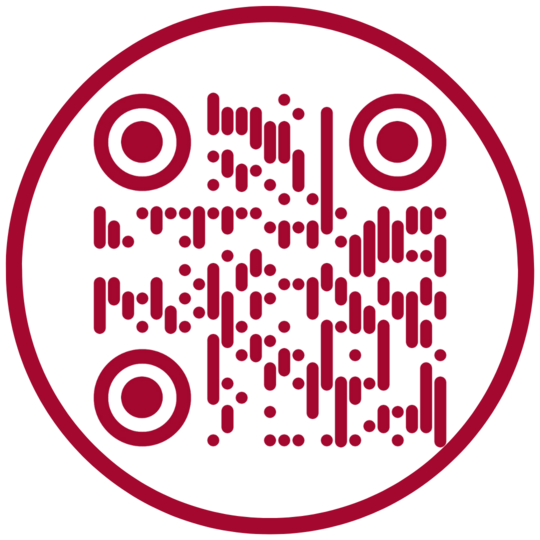01/12/2021-30/11/2023
Call: Proof of Concept (ref. PDC2021-121088-I00)
Proyecto PDC2021-121088-I00, financiado por MCIN/AEI/10.13039/501100011033 y por la Unión Europea “NextGenerationEU”/PRTR
Project Description
Tackling environmental challenges is this generation’s defining task (EC Green Deal 2020). The climate conference in Paris (COP21, November 2015) and the following conferences reaffirmed the consensus that we cannot achieve the CO2 reductions required to maintain the global temperature rise to well below 2°C without the extraction of atmospheric greenhouse gases in tandem with emission reductions and a range of other measures. To achieve even 2°C scenarios by 2050, almost 6 billion tonnes of CO2 should be captured and stored each year across all sectors. Similarly the UN Sustainable Goal of a toxic free environment requires the removal of a multitude of existing contaminants.
Column sorption is perhaps the most popular practical sorption method, used for a wide range of processes such as the removal of emerging contaminants, Volatile Organic Compounds (VOCs), pharmaceuticals, dyes and salts from fluids, but also to treat waste water, exhaust gases and greenhouse gases. It may be applied to both liquids and gases. Sorption is regarded as efficient and relatively easy to incorporate into an industrial production chain. However, this is offset by an increase in cost which makes the technology less attractive. For example, in the case of carbon capture from a power plant CO2 emissions are typically reduced by 90% but at an increase of between 45-70% in energy costs.
During the final stages of the project ‘MTM2017-82317-P Mathematics in nanotechnology and industry’, a mathematical model was developed to describe the removal of contaminants from a fluid using an adsorption column. Using a variety of mathematical techniques the model was simplified to a state where an approximate analytical solution was possible. The analytical solution as well as a preliminary numerical solution were compared with three experimental data sets: for the removal of CO2 from gas and amoxicillin and congo red dye from water. Excellent agreement was demonstrated. MATHCOL’s motivation is to further the understanding of the column adsorption process, starting from the model developed during MTM2017-82317-P, in order to improve the design of future equipment and increase its effectiveness while reducing costs.
Industrial Mathematics Group
Keywords
Sorption, extraction of pollutants, climate change, CO2 emissions
SOFTWARE
-
Intuitive Interface.
-
Fast Computation.
-
Wide Parametrisation.

TEST THE SOFTWARE![]()
Project Team
The team is comprised of both theoretical and experimental researchers, as well as knowledge transfer and project management personnel.
SUPPORT
PUBLICATIONS
| Myers, T. G., Cabrera-Codony, A., & Valverde, A. (2023). On the development of a consistent mathematical model for adsorption in a packed column (and why standard models fail). International Journal of Heat and Mass Transfer, 202, 123660. | READ |
|
Aguareles, M., Barrabés, E., Myers, T., & Valverde, A. (2023). Mathematical analysis of a Sips-based model for column adsorption. Physica D: Nonlinear Phenomena, 448, 133690.
|
READ |
REPORTS & DOCUMENTS
|
Mathcol: Exploiting mathematics to aid in the design of adsorption columns Abel Valverde, Maria Aguareles, Esther Barrabés, Alba Cabrera-Codony, Francesc Font, Harvey M. Thompson, Timothy G. Myers |
READ |
DATA SETS








 Albert Escolà Solés
Albert Escolà Solés
 Basile Guth
Basile Guth